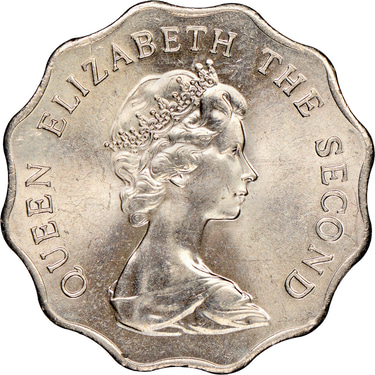Use Desktop for Better Experience
Asset Class Deep Dive
FINANCIAL
Ryan Cheng
7/31/20254 min read
The Foundation: Rates Trading
The rates desk is often the largest and most fundamental hub on the trading floor. It is the bedrock upon which much of the financial world is built. This desk deals with government-issued debt—like U.S. Treasuries, German Bunds, and Japanese JGBs—along with related futures and derivatives like interest rate swaps.
Core Function


Rates products are the benchmark for pricing almost every other asset. The yield on a 10-year Treasury note, for instance, is the "risk-free" rate that serves as a baseline for determining the appropriate yield on a corporate bond or a mortgage-backed security.




Key Concepts
The desk's activity is dominated by the yield curve, a graphical representation of interest rates across different maturities. Traders constantly analyze and trade on the shape of this curve, making bets on whether it will steepen (long-term rates rise faster than short-term rates) or flatten.
While highly liquid, the sheer diversity of government bond issuances and the complexity of derivatives like swaptions ensure that human expertise remains critical for managing risk and serving large institutional clients.
The Future
The Spectrum of Risk: Credit Trading
If rates trading is about the risk of governments, credit trading is about the risk of corporations. This domain is vast and can be broken down by the creditworthiness of the underlying debt issuer.




High-Yield (HY) & Distressed Debt
As you move down the credit spectrum, the work becomes less about flow and more about deep, fundamental analysis. These desks trade the debt of companies with lower credit ratings or those facing financial trouble. The products are illiquid, the risks are higher, and the potential rewards are greater. Success here requires a forensic understanding of a company's balance sheet and business prospects.
Investment Grade (IG)
This desk trades the bonds of financially stable, highly-rated companies. The market is relatively liquid, and trades often happen on tight bid-ask spreads. The focus is on managing large inventories to facilitate client flow.
The World of Securitization: MBS and CLOs
Mortgage-Backed Securities (MBS) and Collateralized Loan Obligations (CLOs) belong to the family of structured products. While they gained notoriety during the 2008 financial crisis, they remain a vital part of the market. Their core function is risk transformation.
The Structure
The highest tranches have first priority on the cash flows, making them incredibly safe (often AAA-rated). The lower, or "equity," tranches have the last claim, making them much riskier but offering the potential for higher returns. This allows different investors to select the exact level of risk they are comfortable with, from ultra-safe to highly speculative.


The Concept
Securitization involves pooling together thousands of individual assets (like mortgages for MBS or corporate loans for CLOs) and then slicing the cash flows from this pool into different bonds, known as tranches.


Foreign Exchange (FX) and Money Markets




Foreign Exchange
In our globalized economy, the FX desk is the nerve center. It facilitates the exchange of currencies for corporations managing international operations, and for investors speculating on the relative strength of economies. While spot FX trading is highly automated, the market for more complex FX options and forwards, especially in emerging market currencies, remains a deeply specialized field.
Money Markets
This is the plumbing of the financial system. The money markets desk deals with very short-term borrowing and lending (typically under a year) through instruments like Treasury Bills, commercial paper, and repurchase agreements (repos). It is highly sensitive to the day-to-day policy actions of central banks and is essential for ensuring the liquidity that keeps the entire system running smoothly.
The Unseen Hand: Regulation's Enduring Impact
No discussion of a modern trading floor is complete without acknowledging the profound impact of post-crisis regulation. Rules like the Dodd-Frank Act in the U.S. and the global Basel III capital requirements have fundamentally reshaped the business.
The most significant change was the Volcker Rule, which largely prohibited banks from "proprietary trading"—making speculative bets with their own capital. This has shifted the focus of trading desks from pure speculation toward client facilitation and sophisticated risk management. Today's trader is primarily a market-maker, managing the risk taken on to execute large trades for clients, rather than a pure speculator.
From the foundational certainty of government bonds to the complex, tranched risk of a CLO, each desk on the trading floor represents a unique discipline. Together, they form a dynamic and interconnected system that is constantly evolving under the pressures of technology, regulation, and the global economy.


